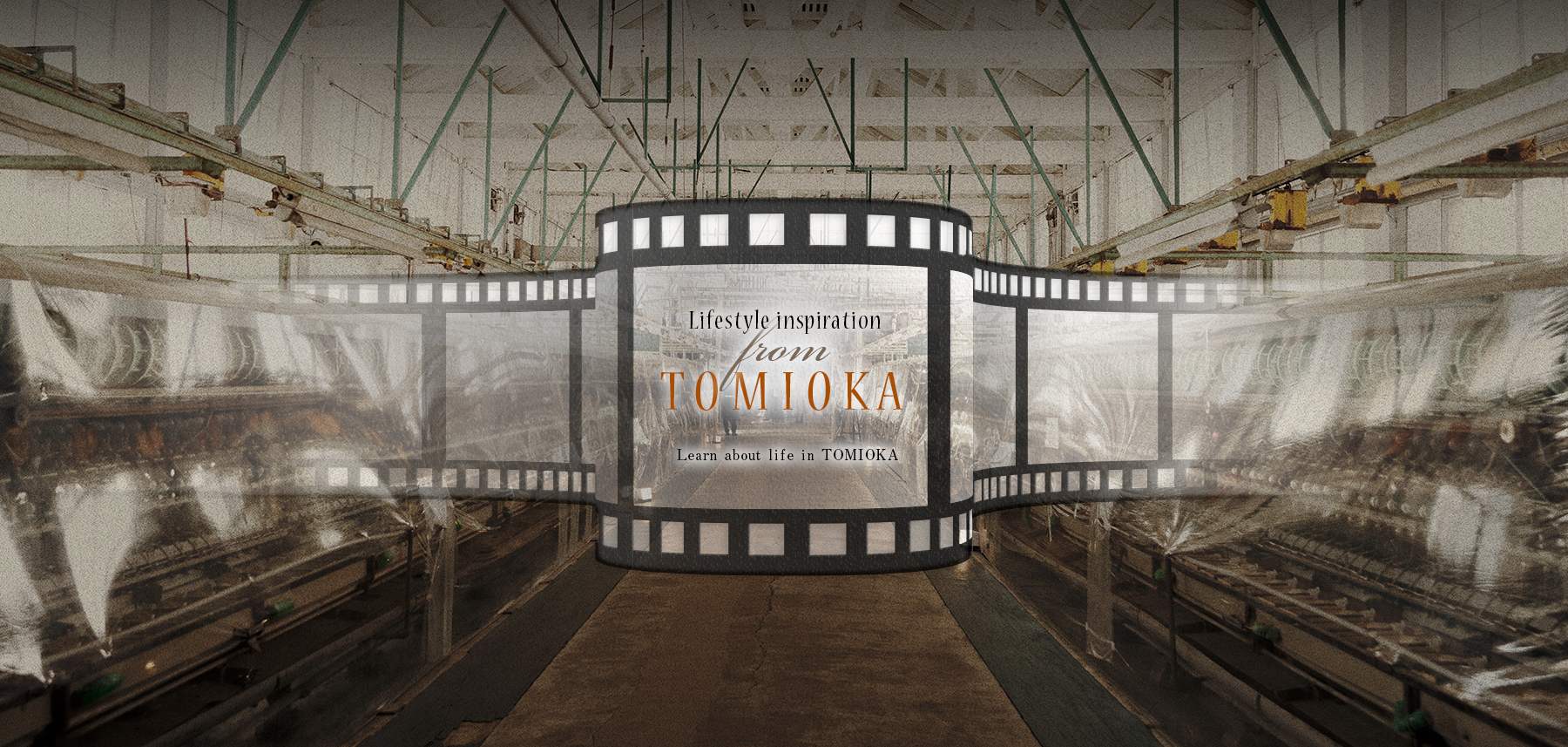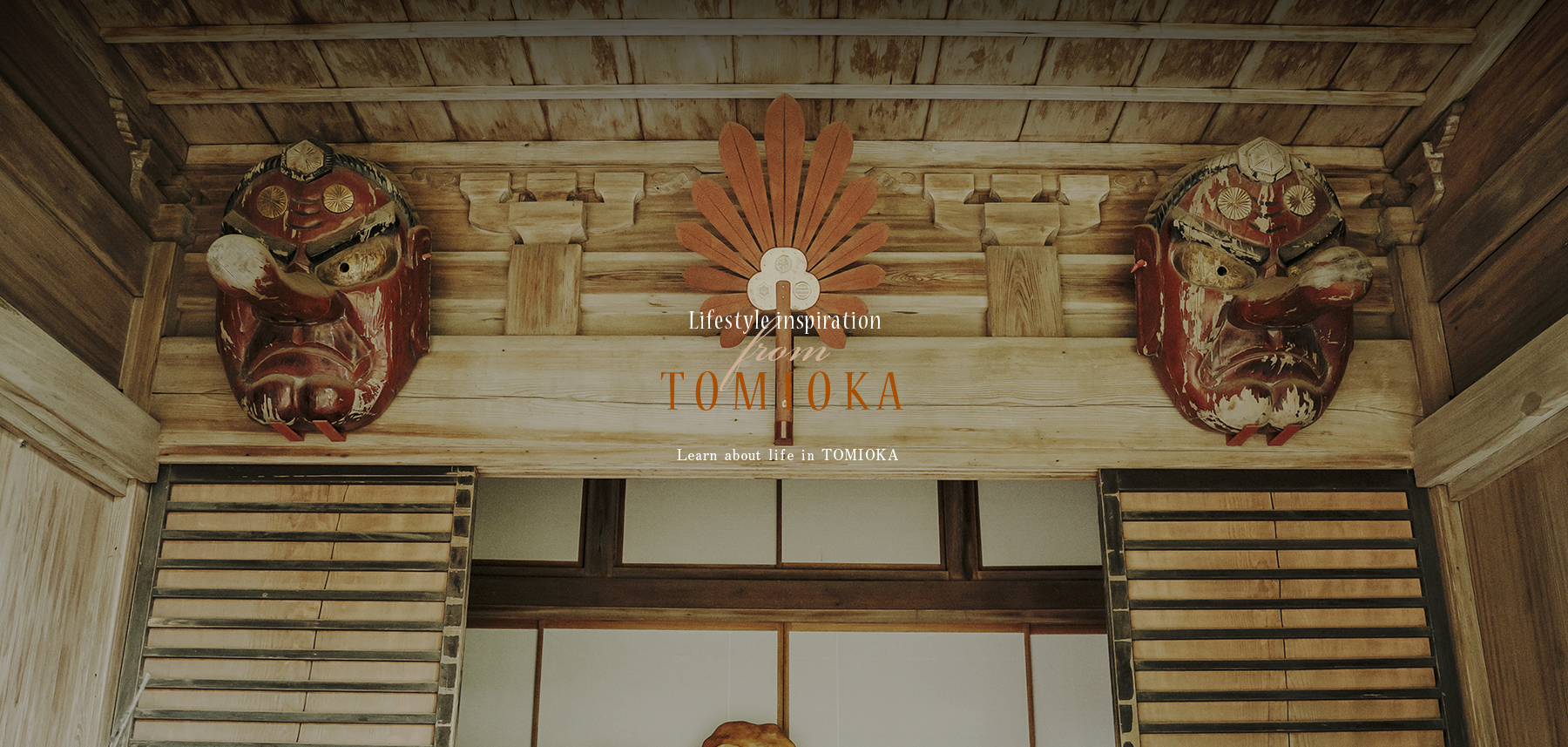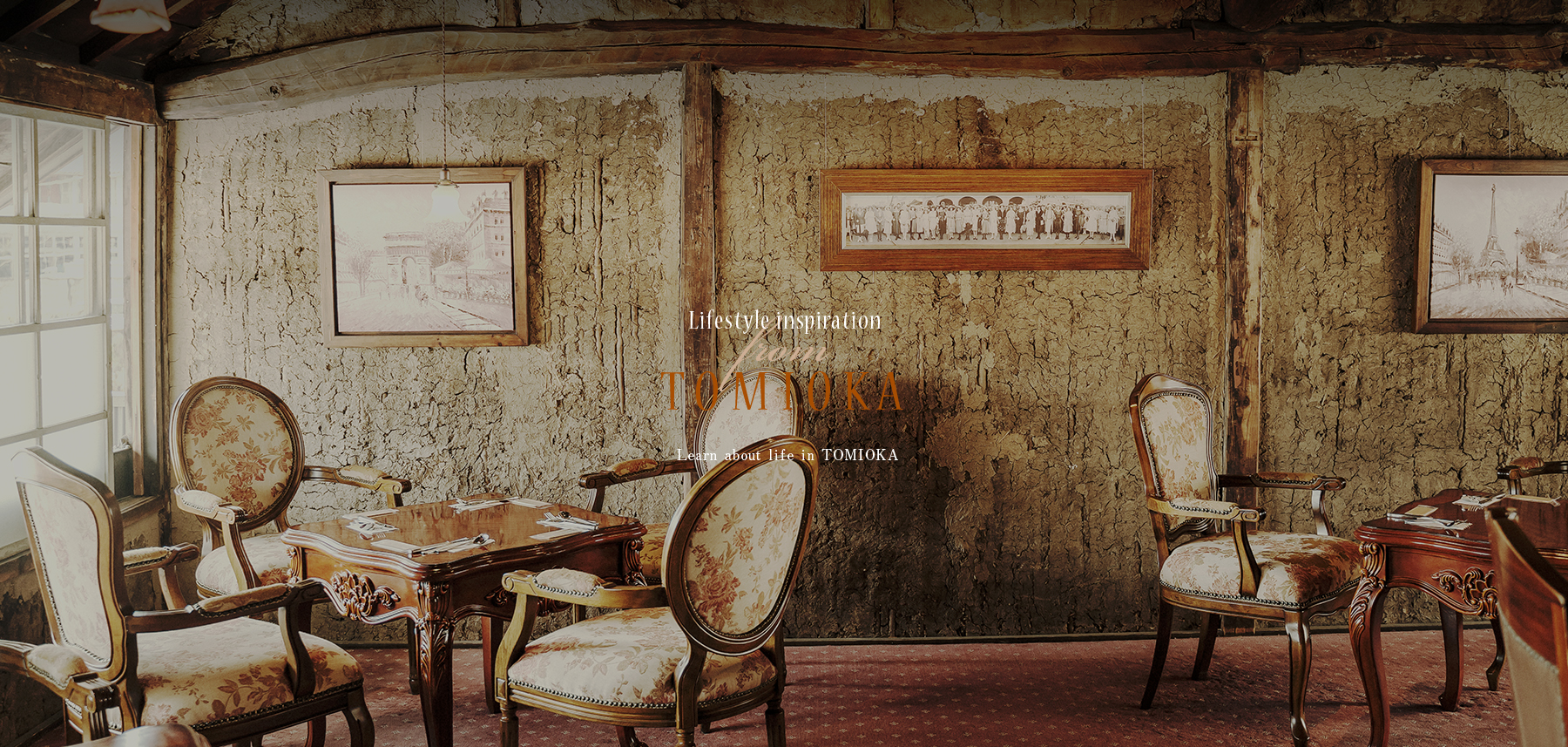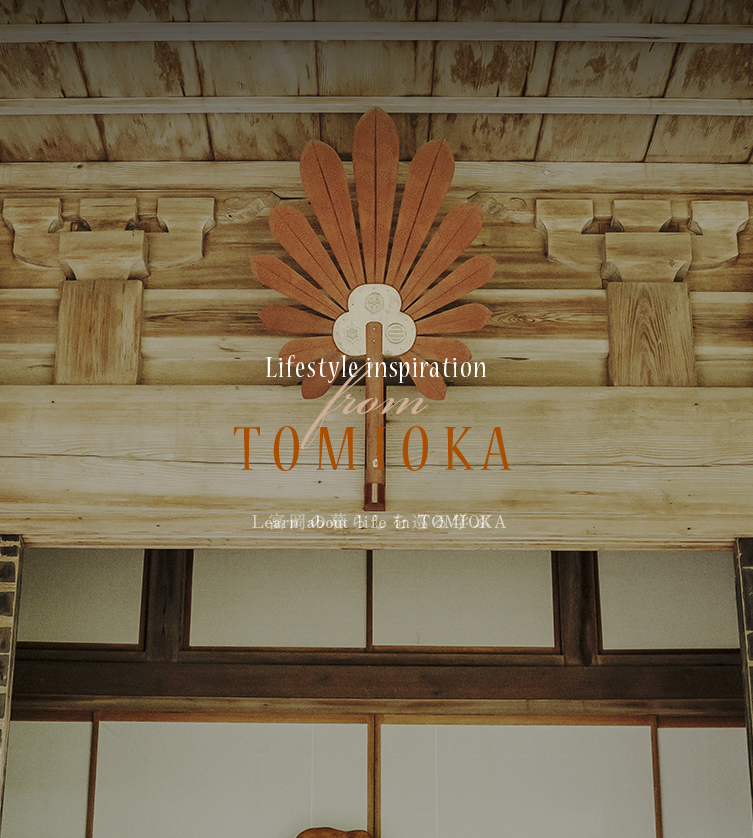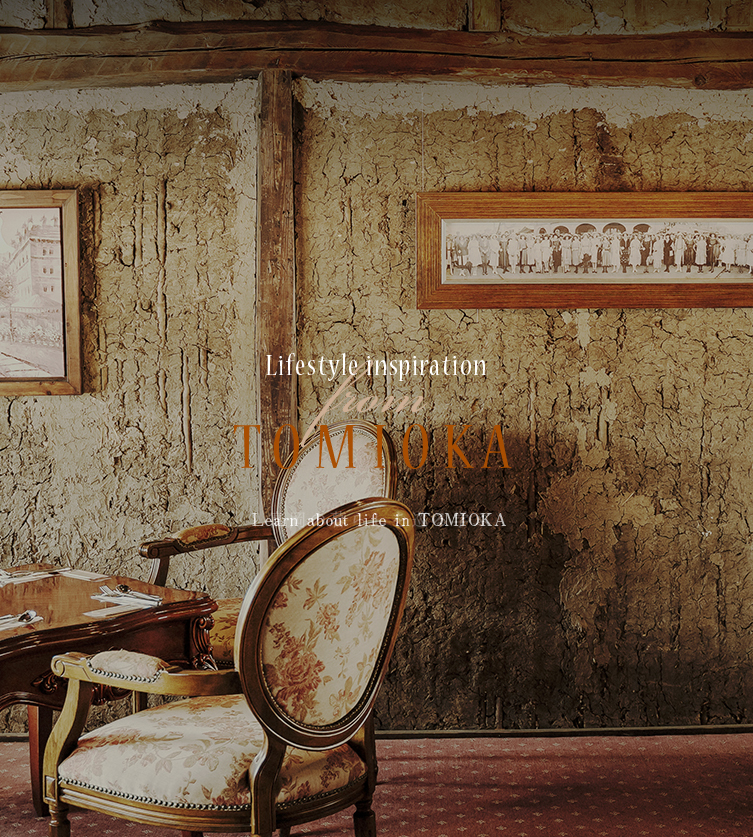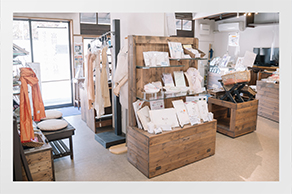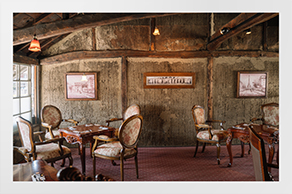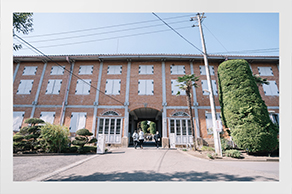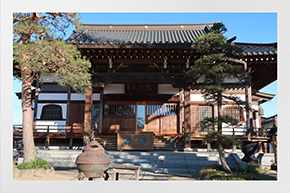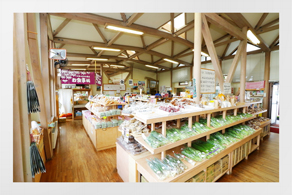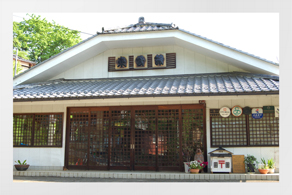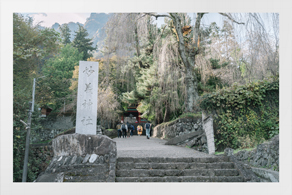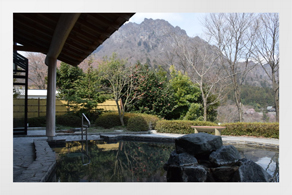MESSAGE
Lifestyle inspiration from TOMIOKA
Tomioka is the city where Tomioka Silk Mill, key historical World Heritage Site easily accessible from Tokyo, is located. In early modern Japan, raw silk made here by women from all around Japan was exported to Europe and the United States.
Wood from Mt. Myogi was used to build the silk mill. Around the same time, the Shugendo spiritual culture that had flourished on this mountain was lost during an anti-Buddhism movement following government policies against Shinto-Buddhism syncretism.
Tomioka is a place where we can learn about the lifestyle changes that occurred when Japan opened its ports to the world. We hope you enjoy discovering the old and the new ways of living that continue to thrive in this city.
MOVIE
Discover Tomioka in video
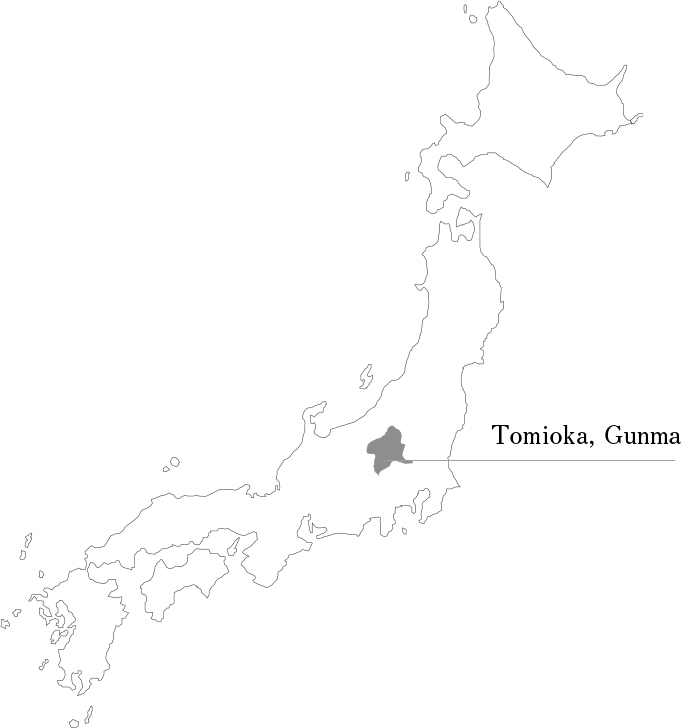
AREA
AREA
Tomoka is located in Gunma Prefecture, a two-hour drive from Tokyo and an hour away from Karuizawa in Nagano Prefecture.
During the Meiji era (1868-1912), the raw silk exported from Tomioka played an essential role in the modernization of Japan. Female workers gathered here from around the country. They were the first working women in the modern era producing fine silk. Likewise, they enjoyed their days off in town by taking in the latest trends.
Tomioka Silk Mill was built 150 years ago with wood sourced from Mount Myogi, a mountain that ranks among the three places of unique beauty in Japan. The mountain, a popular spot for climbing, used to be a sacred place where many yamabushi (mountain ascetics) came to train.
Modernization changed the lifestyles of those working at Tomioka Silk Mill, as well as of those living on Mount Myogi. However, even today, the old lifestyles can still be felt in the city.
HISTORY



Female workers were recruited nationwide to produce raw silk for exportation; their work played an essential role in the modernization of Japan.
Called "kojo," they worked hard to learn the new technology, enjoyed the latest trends, and created a new local culture in the process.
Although they do not exist today, their presence can still be felt in the city.
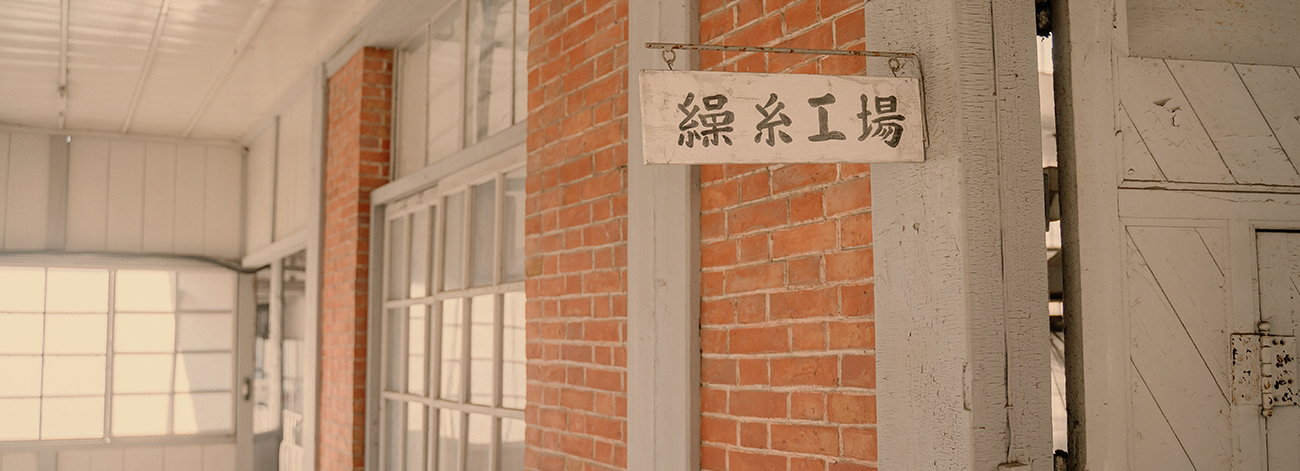
TOPIC
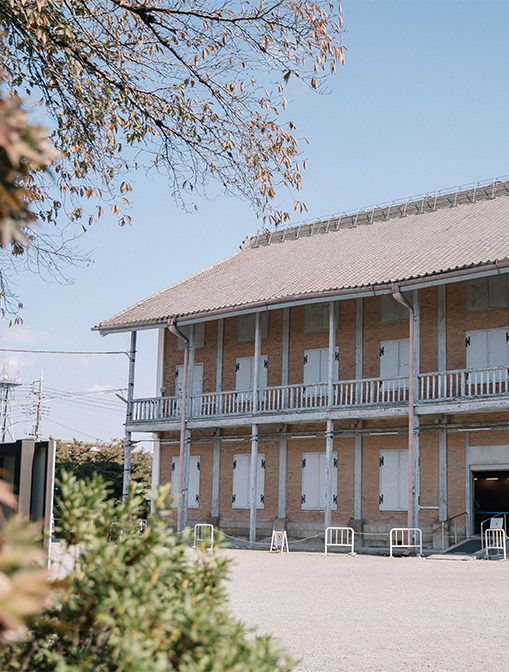
The workers at Tomioka Silk Mill brought changes to the city
About 150 years ago, Tomioka Silk Mill was built in Tomioka, which had been a farming village. At the time, it was one of the world's largest factories, and its female workers gathered from all across Japan. Some of them came from Hokkaido and Kyushu, working hard with hopes of returning to their hometowns and starting silk mills of their own. The workers produced world-class raw silk, which was exported to Europe and the United States of America, helping Japan’s economy to thrive.
New lifestyles were born thanks to the silk mill workers
「Tomioka Silk Mill, operating under the supervision of the Japanese government, had a dormitory for its female workers. The mill also provided three meals daily, a day off every week, and vacations in the summer and new year.The "kojo" worked strenuously while living a fruitful life. They also traveled to the town on their days off and during festivals to have some fun. Eateries, cafes, and movie theaters, which were the latest trends at the time, popped up in Tomioka, building the city's foundation.
Walk around the town and feel its history
When the silk mill closed in 1987, the female workers left Tomioka. But their presence can still be felt in places such as row houses built at the time as Tomioka Silk Mill that have been renovated into cafes, local temple where some female workers were buried, or kimono stores offering visitors the opportunity to dress up like a "kojo". While Tomioka Silk Mill was the first government-operated factory in Japan to support modernization, the passionate female workers and machinery energized the facility. Do remember them while walking around Tomioka.

The workers at Tomioka Silk Mill brought changes to the city
About 150 years ago, Tomioka Silk Mill was built in Tomioka, which had been a farming village. At the time, it was one of the world's largest factories, and its female workers gathered from all across Japan. Some of them came from Hokkaido and Kyushu, working hard with hopes of returning to their hometowns and starting silk mills of their own. The workers produced world-class raw silk, which was exported to Europe and the United States of America, helping Japan’s economy to thrive.
New lifestyles were born thanks to the silk mill workers
「Tomioka Silk Mill, operating under the supervision of the Japanese government, had a dormitory for its female workers. The mill also provided three meals daily, a day off every week, and vacations in the summer and new year. The kojo worked strenuously while living a fruitful life. They also traveled to the town on their days off and during festivals to have some fun. Eateries, cafes, and movie theaters, which were the latest trends at the time, popped up in Tomioka, building the city's foundation.
Walk around the town and feel its history
When the silk mill closed in 1987, the female workers left Tomioka. But their presence can still be felt in places such as row houses built at the time as Tomioka Silk Mill that have been renovated into cafes, local temple where some female workers were buried, or kimono stores offering visitors the opportunity to dress up like a "kojo". While Tomioka Silk Mill was the first government-operated factory in Japan to support modernization, the passionate female workers and machinery energized the facility. Do remember them while walking around Tomioka.
The Tour
The female workers at Tomioka Silk Mill played an important role in the modernization of Japan.
They also experienced modern culture at Tomioka and started new cultures and lifestyles.
What did they experience in Tomioka, and what did they learn at the mill? This guided tour is a chance to find the answers.
Places included in the tour
HISTORY



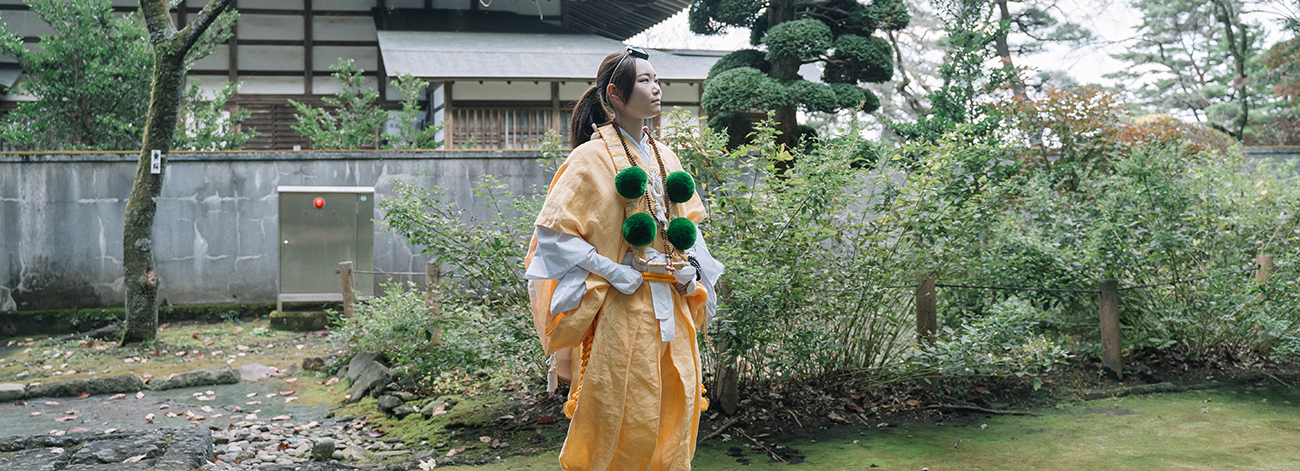
TOPIC
This famous climbing destination was originally a place of worship
Mount Myogi, one of the three places of unique beauty in Japan, is a rugged and challenging mountain to climb. During the Edo period (1603-1868), many yamabushi came to train on this mountain. Nowadays, this peak has become popular among rock climbers. In the past, the locals used to pray towards Mount Myogi in the mornings and evenings. It eventually turned into a place of worship. Myogi Shrine, located at the foot of the mountain, boasts a history of over 1,500 years. The shrine buildings are decorated with Tengus (supernatural beings), who were considered protectors of the yamabushi who frequently visited the mountain. Before Tomioka Silk Mill was built, Mount Myogi used to be a training ground for the yamabushi.
A place to reflect on oneself
The yamabushi wear a special outfit while roaming the mountains and blowing a conch shell. They practice Shugendo, a Japanese religion with a history spanning over 1,000 years. It is said that there were 170,000 yamabushi in the Edo period; these ascetics are one of the most fascinating aspects of Japanese history. Climbing a mountain was a way to erase one's worldly desires. Additionally, it encouraged oneself to become strong enough to help others. That is why the yamabushi routinely came to Mount Myogi to train.
Climbing Mt. Myogi in search of lost history
While the yamabushi disappeared during the Meiji era (1868-1912), their influence is visible in various places on the mountain, such as the Buddhist-style architecture of Myogi Shrine, the Tengu masks adorning the shrine buildings, and the Buddhist statues displayed inside Myogi Shrine. Dainoji, the signboard of the Japanese character “dai” located halfway up the mountain, indicates that Dainichi Nyorai (Vairocana Buddha) was worshiped at this location. It is also said that it stands for Myogi Daigongen, the deity of the mountain. The yamabushi philosophy has a long history, and their coexistence with nature has been influential on modern life. If you have the chance to climb Mt. Myogi, try reflecting on yourself in the manner of the yamabushi.
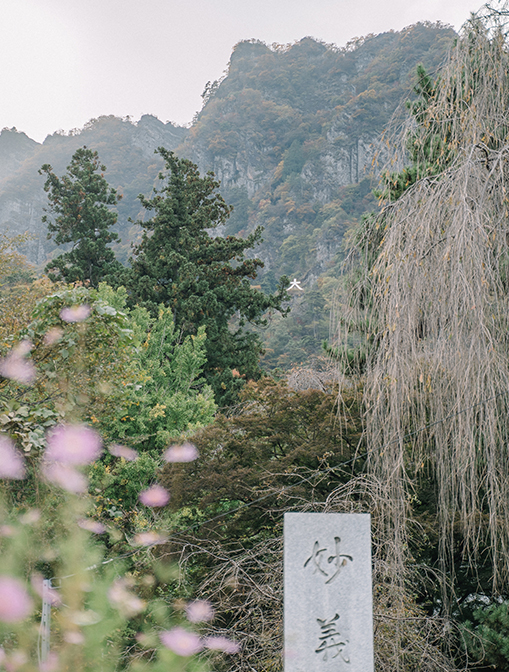

This famous climbing destination was originally a place of worship
Mount Myogi, one of the three places of unique beauty in Japan, is a rugged and challenging mountain to climb. During the Edo period (1603-1868), many yamabushi came to train on this mountain. Nowadays, this peak has become popular among rock climbers. In the past, the locals used to pray towards Mount Myogi in the mornings and evenings. It eventually turned into a place of worship. Myogi Shrine, located at the foot of the mountain, boasts a history of over 1,500 years. The shrine buildings are decorated with Tengus (supernatural beings), who were considered protectors of the yamabushi who frequently visited the mountain. Before Tomioka Silk Mill was built, Mount Myogi used to be a training ground for the yamabushi.
A place to reflect on oneself
The yamabushi wear a special outfit while roaming the mountains and blowing a conch shell. They practice Shugendo, a Japanese religion with a history spanning over 1,000 years. It is said that there were 170,000 yamabushi in the Edo period; these ascetics are one of the most fascinating aspects of Japanese history. Climbing a mountain was a way to erase one's worldly desires. Additionally, it encouraged oneself to become strong enough to help others. That is why the yamabushi routinely came to Mount Myogi to train.
Climbing Mt. Myogi in search of lost history
While the yamabushi disappeared during the Meiji era (1868-1912), their influence is visible in various places on the mountain, such as the Buddhist-style architecture of Myogi Shrine, the Tengu masks adorning the shrine buildings, and the Buddhist statues displayed inside Myogi Shrine. Dainoji, the signboard of the Japanese character “dai” located halfway up the mountain, indicates that Dainichi Nyorai (Vairocana Buddha) was worshiped at this location. It is also said that it stands for Myogi Daigongen, the deity of the mountain. The yamabushi philosophy has a long history, and their coexistence with nature has been influential on modern life. If you have the chance to climb Mt. Myogi, try reflecting on yourself in the manner of the yamabushi.
The Tour
Mount Myogi was recognized as a sacred place of worship. Many yamabushi climbed this mountain to train and truly understand themselves.
However, their way of living was lost during the early days of modern Japan.
This guided climbing tour is a chance to learn more about the culture and lifestyles that flourished on Mount Myogi in the past.
